Burning the Midnight Oil for Living Energy Independence
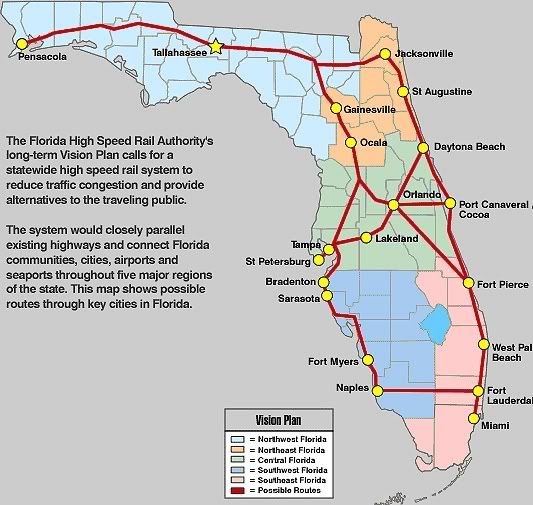 Disclaimer: Nothing said here should be taken to imply that airport/train connections are the primary transport task for either light rail, mass transit, conventional intercity rail, or high speed intercity rail. In other words, the focus of an essay in a regular weekly series on one particular topic does not imply anything along the lines of “most important thing”.
Disclaimer: Nothing said here should be taken to imply that airport/train connections are the primary transport task for either light rail, mass transit, conventional intercity rail, or high speed intercity rail. In other words, the focus of an essay in a regular weekly series on one particular topic does not imply anything along the lines of “most important thing”.
However, recently, I keep running into the issue of taking the train to the airport. I read an recent article in an air travel industry publication that focused on the airport connections associated with the projects funded in the $8b HSR funding. I read an older piece about the proposed intermodal station in Chicago that would allow our Ohio trains to get to O’Hare. And the proposal to terminate the California HSR at the redesigned Lindbergh Field came up as part of the discussion at the California HSR blog.
So with the Super Bowl coming up to distract things, I succumbed to what was clearly fate, and am going to discuss taking the train to the airport.

 Huh, seems me that whatever the state of my various concerns, the agenda of the Sunday Train has been taken over by the White House … funny how announcing the recipients of a total of $8b will do that.
Huh, seems me that whatever the state of my various concerns, the agenda of the Sunday Train has been taken over by the White House … funny how announcing the recipients of a total of $8b will do that.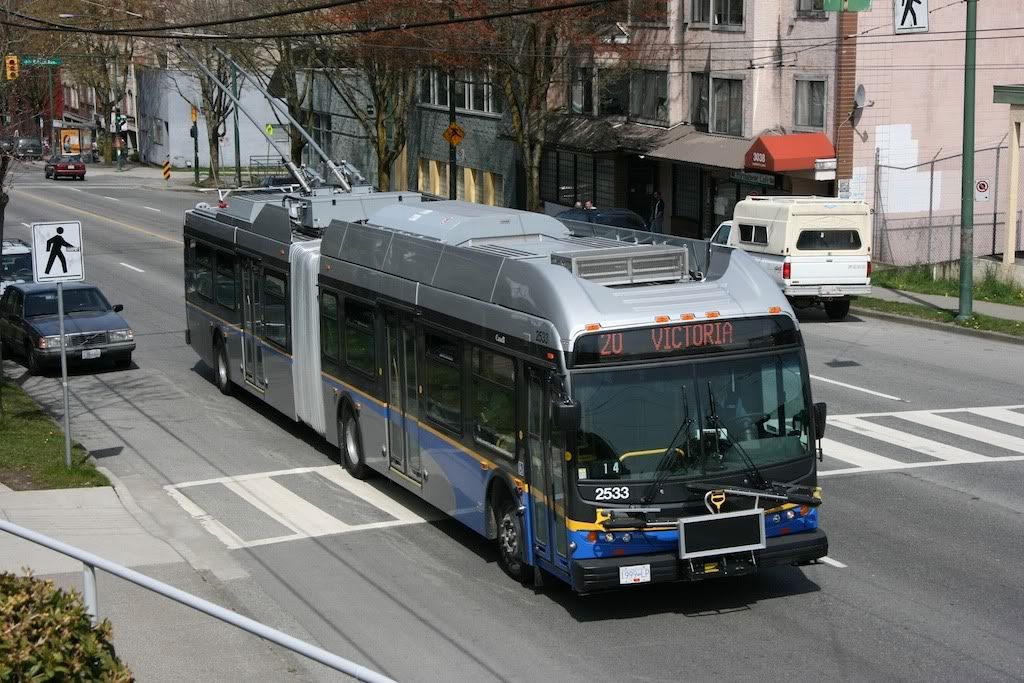 Note that the statement is abbreviated for the title. The full statement is, a common carrier like a train, bus, or plane that running a profit based on passenger revenue while paying its full operating and capital cost is charging too much for its tickets.
Note that the statement is abbreviated for the title. The full statement is, a common carrier like a train, bus, or plane that running a profit based on passenger revenue while paying its full operating and capital cost is charging too much for its tickets. All to often, the idea of Energy Independence has its priorities reversed. Scratch under the surface, and all too often the question lurking is, “How can we get as close as possible to Energy Independence without any real changes in the way we live and move?”
All to often, the idea of Energy Independence has its priorities reversed. Scratch under the surface, and all too often the question lurking is, “How can we get as close as possible to Energy Independence without any real changes in the way we live and move?”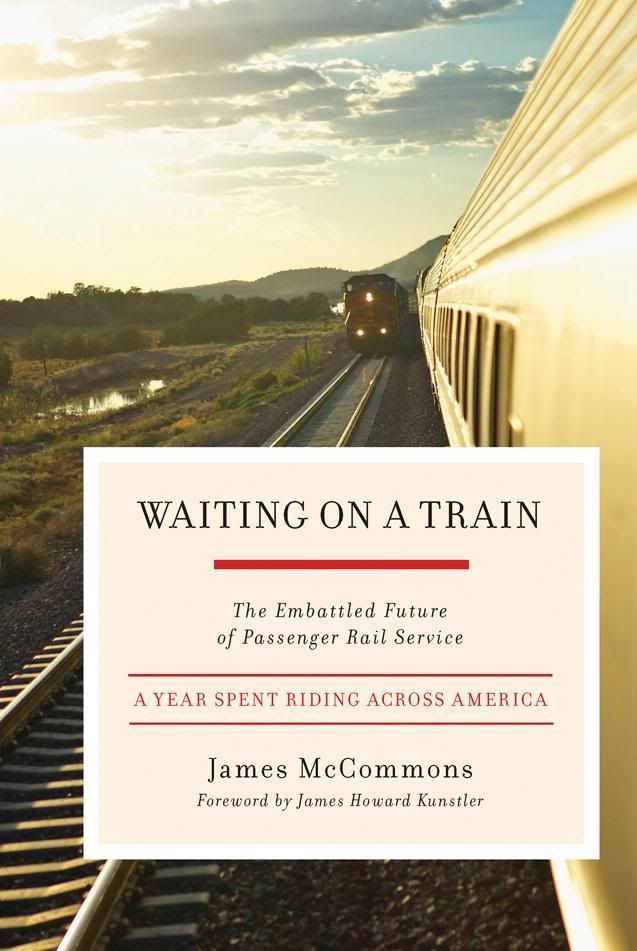 Flying home from the Economist’s national conference Atlanta (see note1) my brilliant entertainment plan to pass the day lost flying home from Atlanta fell apart.
Flying home from the Economist’s national conference Atlanta (see note1) my brilliant entertainment plan to pass the day lost flying home from Atlanta fell apart. What is the CEI? It is the “Cost Effectiveness Index”, used to evaluate applications for capital improvements in transit. As described by Yonah Freemark at
What is the CEI? It is the “Cost Effectiveness Index”, used to evaluate applications for capital improvements in transit. As described by Yonah Freemark at 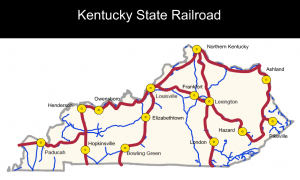 Doctor Dan Mongiardo, Kentucky’s Lieutenant Governor, has announced that he is running for the Democratic nomination for the Kentucky Senate race, to take on whoever wins the Republican nomination to challenge for the seat that Senator Bunning (R-Big$$$) has announced he is giving up.
Doctor Dan Mongiardo, Kentucky’s Lieutenant Governor, has announced that he is running for the Democratic nomination for the Kentucky Senate race, to take on whoever wins the Republican nomination to challenge for the seat that Senator Bunning (R-Big$$$) has announced he is giving up. Last year, I told VP Joe Biden about the Sustainable Electric High(er) Speed Rail I wanted for Christmas (cf. links below). It involved electrifying the 30,000+ miles of STRACNET, and establishing 100mph Rapid Freight Rail paths, including support for running 110mph or 125mph long haul electric passenger services on the Rapid Freight paths.
Last year, I told VP Joe Biden about the Sustainable Electric High(er) Speed Rail I wanted for Christmas (cf. links below). It involved electrifying the 30,000+ miles of STRACNET, and establishing 100mph Rapid Freight Rail paths, including support for running 110mph or 125mph long haul electric passenger services on the Rapid Freight paths.
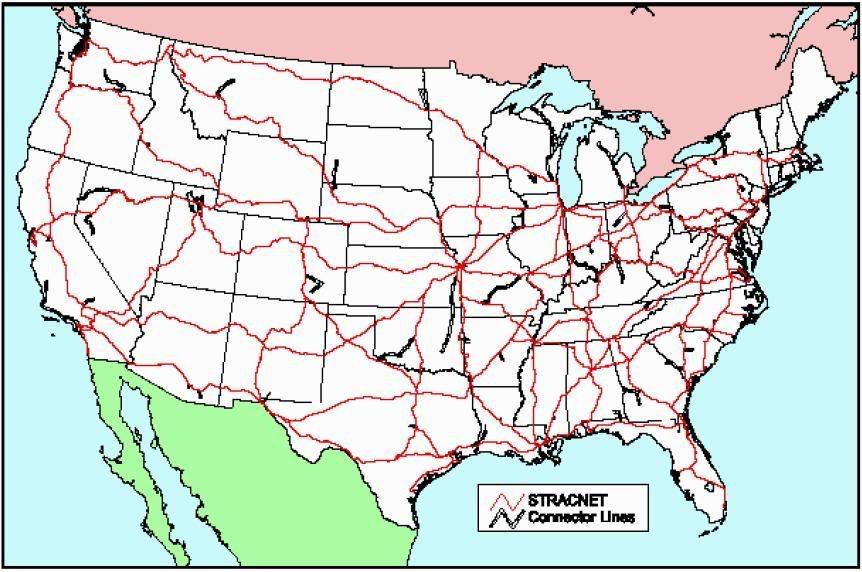 The
The